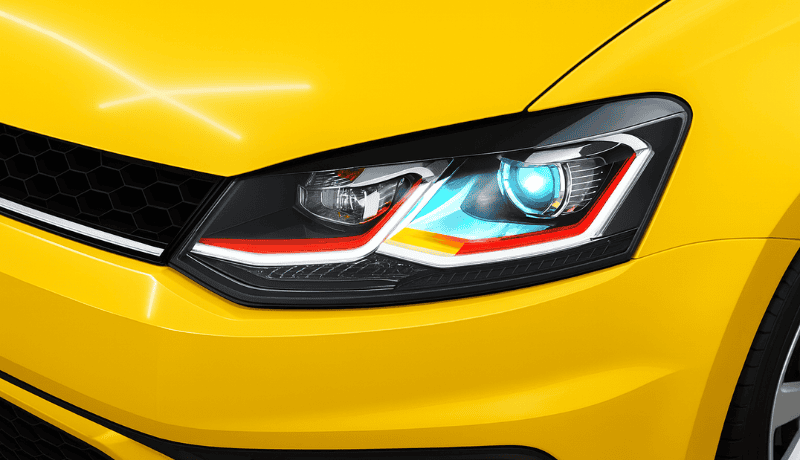Do you get scared of driving at night due to limited visibility? High-beam lights are a simple solution to your problem, acting as a lifesaver for driving at night. However, there are ways to use high beam effectively without causing glare or obstructing other driver’s views. Ready to enhance your night driving experience and stay compliant with the rules of the road? Here is a simple guide to using high-beam lights safely and effectively.
Understanding High Beams
A high beam, alternatively known as a full beam, is an essential component of your vehicle’s lighting system. It provides a longer range of illumination than regular lighting, as it is designed to aid visibility during night or low-light driving conditions.
If your car has the right headlights, the high beam can project light approximately 350 to 400 feet ahead of your vehicle. On the other hand, the regular beam, or low beam, covers 200 to 300 feet only. Such a drastic increase in light projection can significantly extend your range of vision.
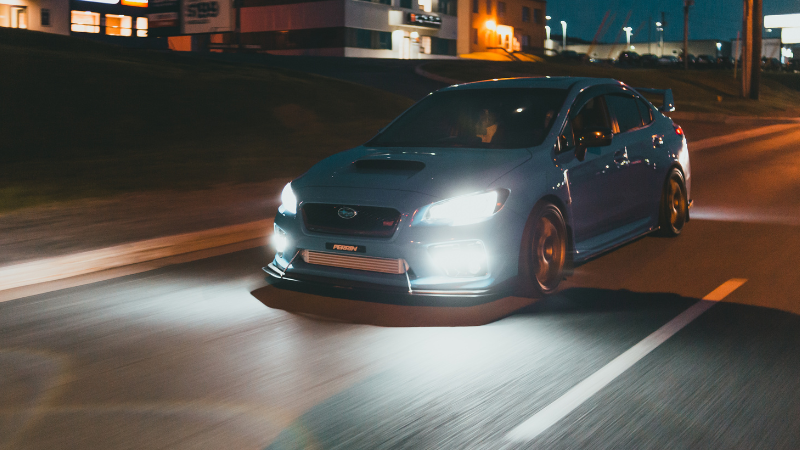
The intensity of high beams provides exceptional clarity, allowing drivers to see road signs, hazards, and animals from a distance. However, this brightness might pose a threat to oncoming drivers’ eyes by producing glare and temporarily reducing their vision. Thus, a thorough understanding of high beam performance and the situations under which they are most effective is crucial for safe road navigation.
From rural roads with minimal street lighting to expansive highways, high beams are indispensable in ensuring safety. Let’s delve into when and how to use them responsibly to maximize their benefits while minimizing risks.
Safe Usage of High Beams
The main purpose of high beams is to enhance safe commutes in a variety of situations. If your vehicle’s high beam obstructs some other driver’s view, placing them in harm’s way, it defeats its inherent purpose. Thus, knowing how to use high beams appropriately is crucial to ensuring road safety for yourself and others
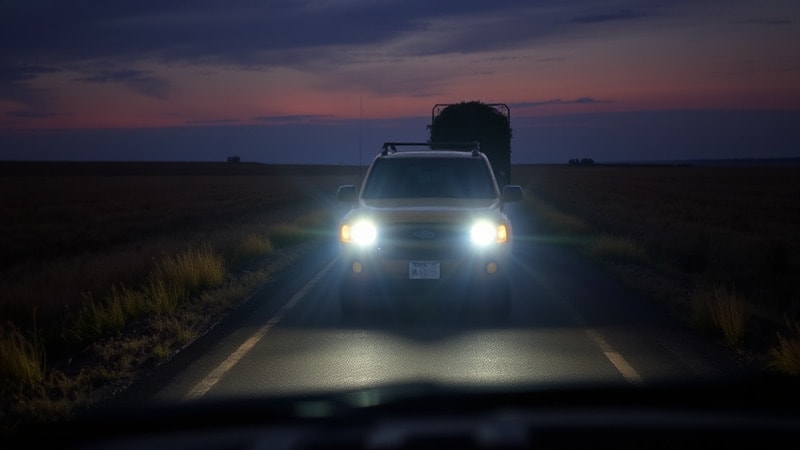
Let’s start with the ideal time for using high-beam headlights. You should switch from low beam to high beam at night in rural areas where streetlights are limited. Moreover, you can use them when you cannot clearly see the road ahead, such as during heavy fog.
The most critical component of using high beams is knowing when to switch them back to low beams. You should dim your high beams when approaching vehicles within 300 to 1000 feet to avoid causing discomfort or accidents. This ensures other drivers’ visibility isn’t compromised by glare.
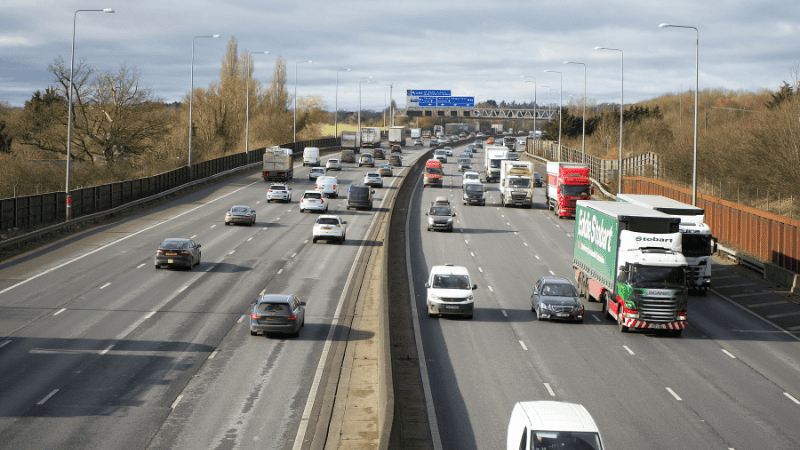
When driving on divided highways, be respectful of other drivers and reduce your lights for vehicles traveling in the opposite direction. Also, avoid flashing your high beams at other vehicles, as this can lead to miscommunication and even accidents.
Avoid using high beams in adverse weather conditions, such as heavy rain or snow, because their light could reflect off water particles and reduce your ability to see. Instead, use low beams or fog lights for safer travel.
In Which Situations Should You Use High Beams?
Now that you have mastered the safe usage of high beams, you should also learn about the appropriate scenarios for using them. Here are some situations where high beams can be most beneficial:
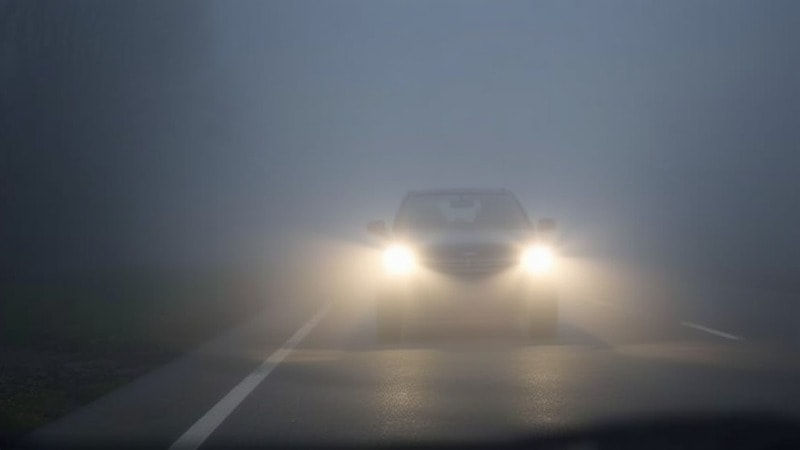
- Open Countryside: When traveling through rural or remote areas, high beams improve visibility, allowing you to see wildlife or unexpected road obstacles in advance. This increased visibility allows you more time to respond and helps to avoid crashes.
- Deserted Highways: On lengthy, empty stretches of road, particularly at high speeds, high beams better illuminate the roadway ahead, allowing you to detect potential hazards such as debris or disabled vehicles.
- Foggy Roads: While high beams are often beneficial in limited visibility, exercise caution in foggy situations. The bright light can bounce off fog particles, resulting in a glare and reduced vision. In these instances, low-beam or fog lights are typically more useful. However, if you do not have fog lights, then use high beams for enhanced illumination
Best Practices for Night Driving
Driving at night is not as easy as it may seem, as it comes with unique challenges that require holding on to specific practices to ensure safety. In this heading, we will cover some essential tips for effectively using high beams and navigating nighttime conditions.
The first thing you should do while driving at night is to adjust your speed. Reduced visibility at night means you need more time to identify and respond to hazards. Slow down, especially on unfamiliar roads, and rely on high beams only when there are no nearby vehicles.
If you are driving at night in well-lit urban areas, stick to low beams to avoid dazzling other drivers and pedestrians. Switch to high beams only if the lighting conditions are inadequate while ensuring no other vehicles are within range.
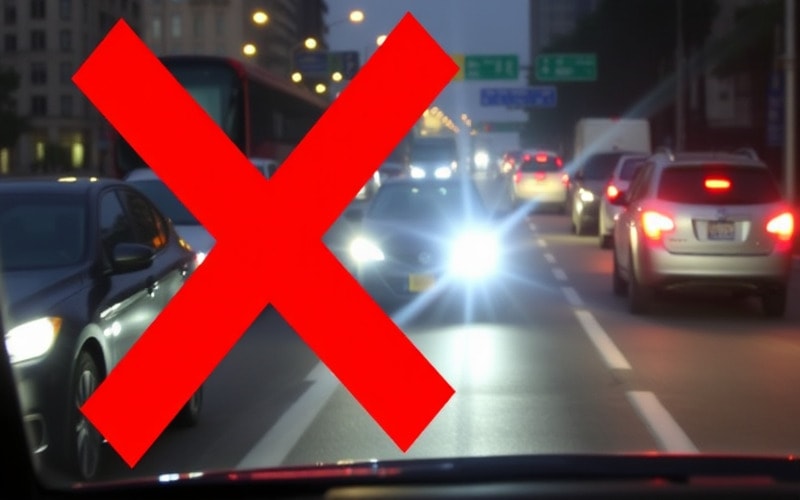
You should always follow the distance guidelines while using high beams. As per distance guidelines, you should dim your lights when approaching cars within 300-1000 feet. Also, you need to dim the lights when following a car within 200 to 300 feet to prevent glare that could impair their visibility.
As far as highway situations are concerned, bright lights are good for expanding your field of view, but they should be reduced immediately when other vehicles approach to avoid discomfort or distractions. Lastly, ensure that your vehicle’s headlights are properly aligned and functional. Misaligned lights can limit visibility and cause glare for other vehicles.
Common Mistakes to Avoid
High beams are an essential and powerful tool for driving, but their improper use can lead to safety hazards. If you can manage to avoid these common mistakes only then can you master using high beams for added safety.
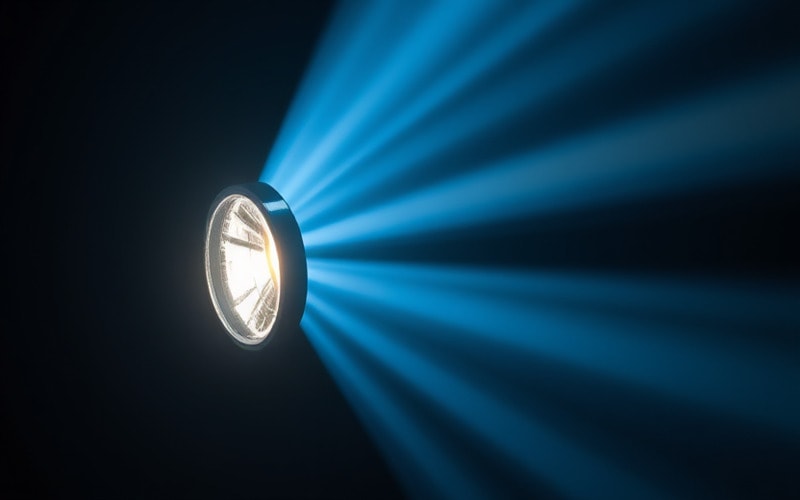
The first is to avoid using your high beams when driving in fog, rain, or snow, as they can reduce the visibility of oncoming traffic by reflecting off of water droplets. You should also never flash high beams, as it can be misconstrued by law enforcement as aggressive driving, making them pull you over.
It is important to regularly inspect your headlights to replace any damaged components that might reduce their effectiveness. Lastly, stay up-to-date with the latest articles and information on high beam usage to ensure you’re driving safely and effectively.
Rules and Regulations for High Beam Usage
The traffic laws vary globally, so regulations for high beam usage are not standardized. However, understanding the rules of your community for high beam usage is essential for compliance as well as safe driving.
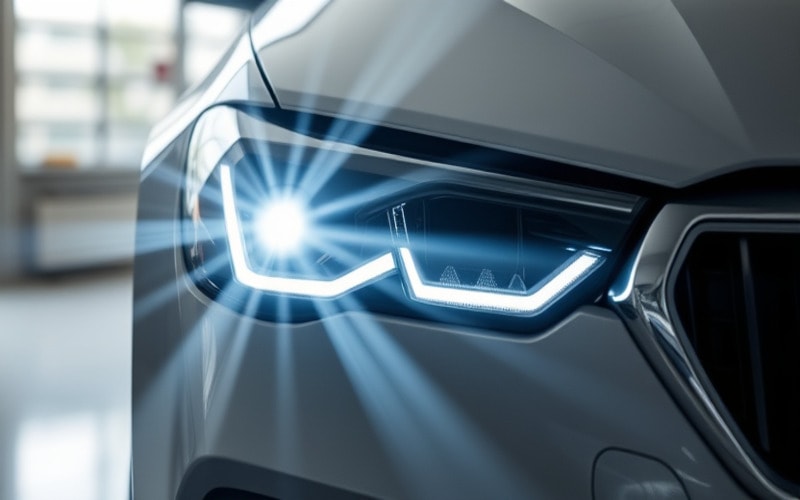
As far as U.S. traffic guidelines are concerned, high beams are generally prohibited when another vehicle is within 500 feet, whether approaching or following. However, according to European laws, high beams are legal but discouraged in densely populated areas or during urban driving.
Tips for Compliance
To guarantee safe and lawful driving, always check your local traffic codes or vehicle owner’s manual to learn about the unique headlight rules in your area. Moreover, only choose car light bulbs that fulfill established standards, such as those of DOT (Department of Transportation) or ECE (Economic Commission for Europe) certification. These criteria ensure compliance with regulatory requirements and performance expectations. Being aware of these principles not only improves road safety but also helps you avoid any fines or penalties.
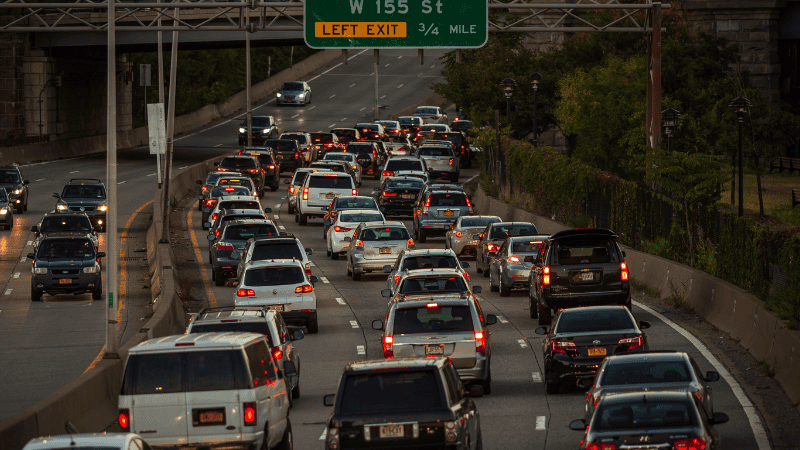
Common Questions About High Beam Lights
Q: What should I do if I encounter another driver with high beams on?
A. To avoid glare and maintain your focus, look slightly to the right side of your lane and use road markings as a guide.
Q: Can I use high beams in fog or rain?
A. It’s not recommended to use high beams in dense fog or heavy rain; instead, opt for low beams or fog lights to ensure better visibility and safety.
Q: Are high beams standard on all vehicles?
A. Yes, high beams are standard on most vehicles, but their brightness, range, and functionality may vary based on the make and model.
Conclusion
High beams are a helpful addition to cars; however, using them responsibly is crucial for ensuring road safety. By understanding when and where to use high beams effectively, you can improve visibility without compromising the safety of others. You should also be aware of local regulations and traffic laws to ensure road safety for everyone.
Upgrade Your Headlight Inventory – Inquire Now for B2B Pricing
At CarLightVision, we specialize in premium headlight solutions designed to maximize safety and performance. Explore our curated collection of high-quality LED headlights that ensure optimal illumination for every journey.
You can also contact our expert to obtain a professional opinion regarding the optimum lighting choice for your automobile.




